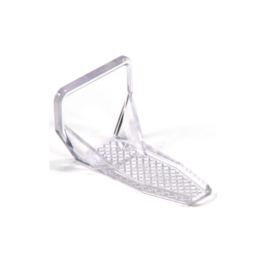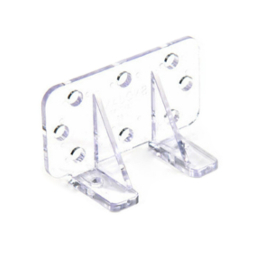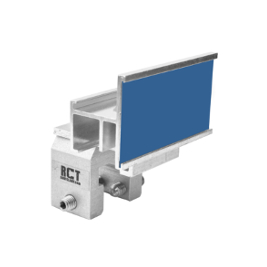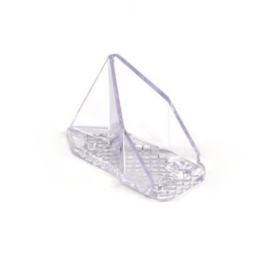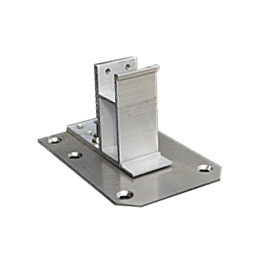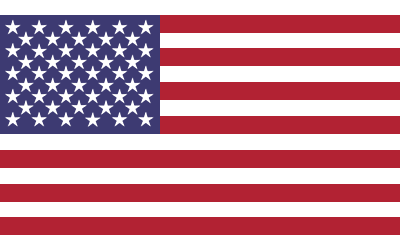-

-

-

-

-
-
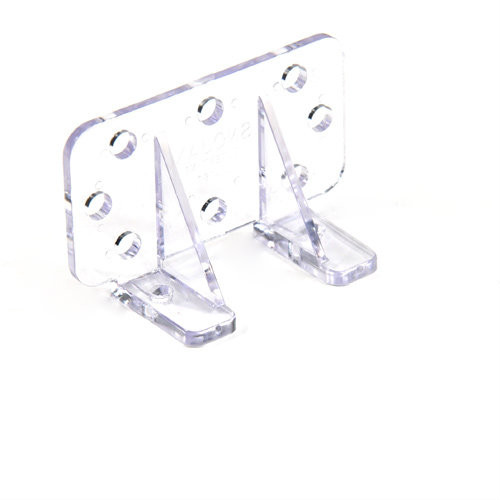
-
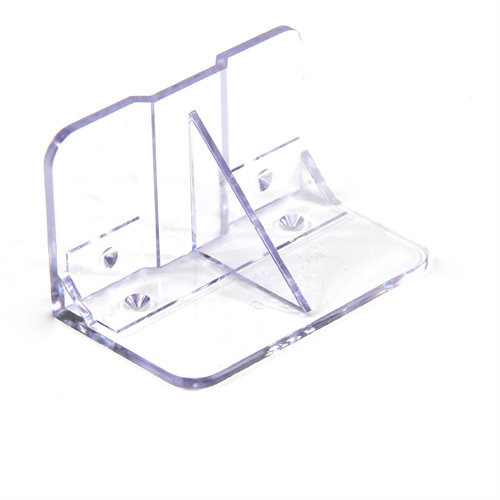
-

-

-

SnoBar-ColorBar
2 Bar ColorBar Mill Aluminum Snow Rails for Standing Seam Metal Roofs (6 Foot)
$328.00 - $444.00 -

-
SnoBar-ColorBar
SnoBar Galvanized Snow Rails for Standing Seam Metal Roofs (6 Foot)
$160.00 - $244.50 -

-

-

SnoBar-ColorBar
RCB-3 Mill SnoBar for Bulb and T-Seam Concealed Fastener Metal Roofs(6 Foot)
$193.00 - $290.00 -

SnoBar-ColorBar
RCB-3 ColorBar Aluminum Snow Rails for Bulb & T-Seam Standing Seam Metal Roofs (6 Foot)
$197.00 - $294.00 -

-

-

-
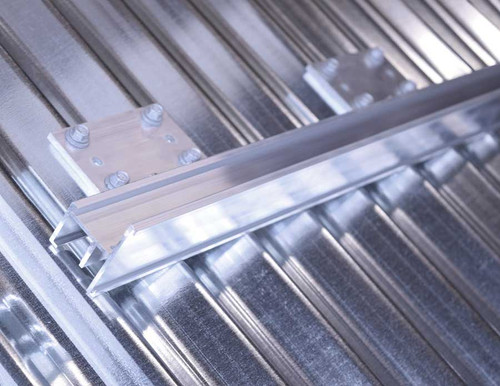
SnoBar-ColorBar
Screw Down ColorBar Snow Rails for 2.67 Corrugated Wavy Metal Roof (6 Foot )
$248.00 -
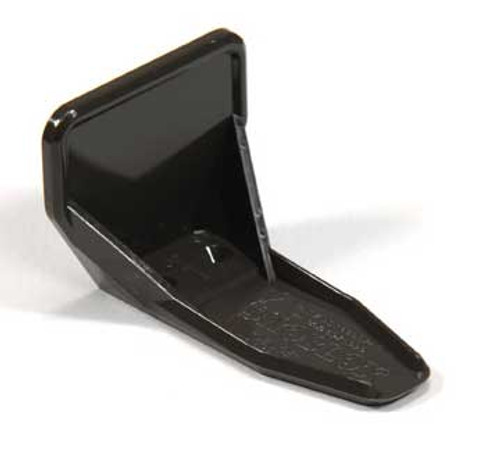
-

-

-
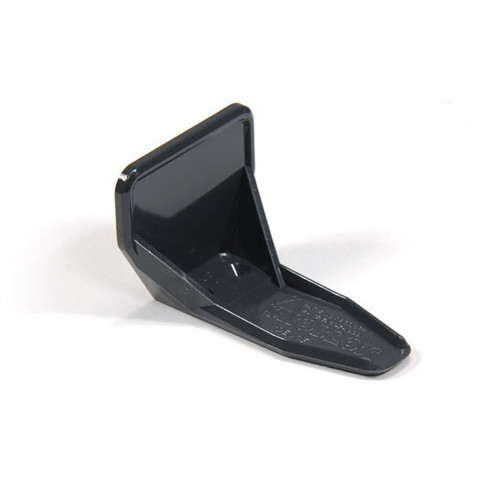
-

-

-

-

-

-
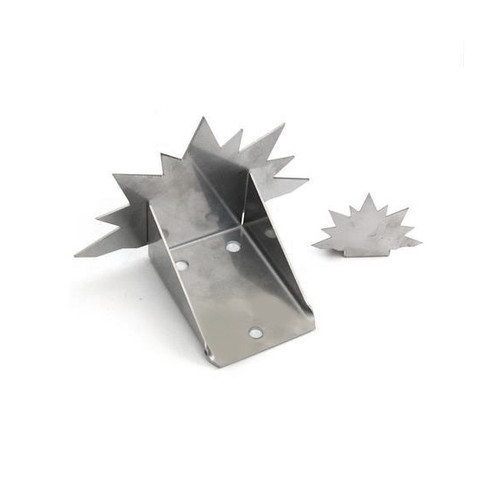
-

-

-

-
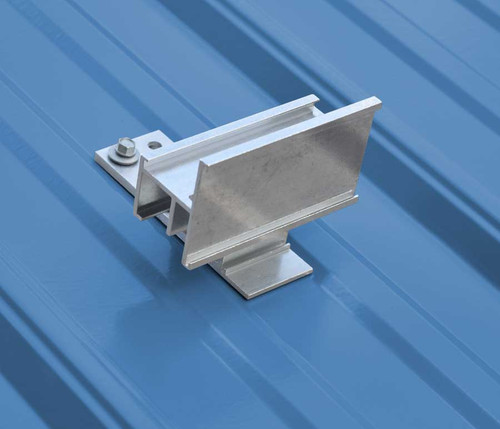
-

-
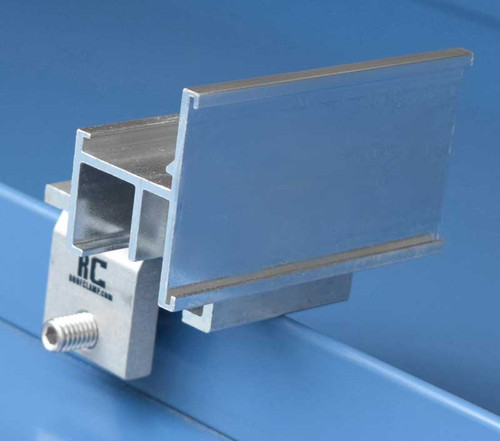
-

-

-

Metal Roof Snow Guard Frequently Asked Questions (FAQs)
Regarding mounting, we recommend using adhesive for our polycarbonate snow guards. This method is effective and reliable, as the glue etches itself into the plastic, ensuring maximum holding strength.
Our test results show that metal and polycarbonate have similar test results. Please see our test results page in the resources tab. Many times, the decision is more aesthetic than strength-based for our customers. Installers can adhesively mount only polycarbonate snow guards on standing seam roofs.
Only the SnowBreaker can be used with 3M double-sided tape. Because of its shape, it breaks up the snow and ice rather than holding it in place. Double-sided tape is never a recommended attachment method for snow guards whose intended purpose is to retain snow and ice on the roof surface. We consider 3M tape a temporary solution only for use with the SnowBreaker when weather conditions are unfavorable for the adhesive curing time.
Bar systems are a robust solution for any roofing project. They are the only recommended solution in locations where the ground snow load is more than 45psf. An adequately designed snow retention system will typically consist of multiple rows up the roof's slope, regardless of type. A snow rail system may require fewer rows but sometimes costs more than pad-style snow guards.

